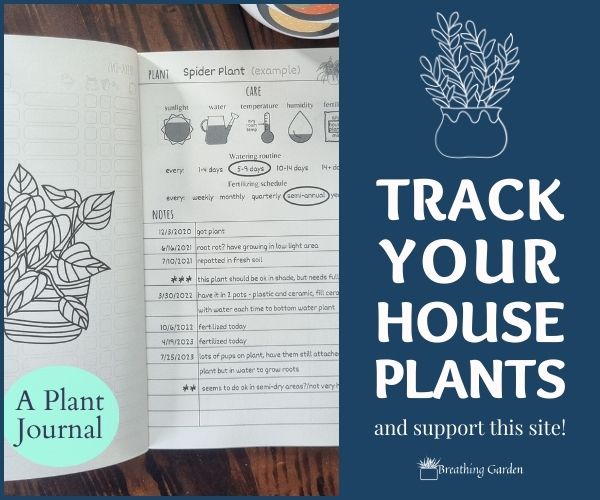If you’ve recently repotted one of your plants but it doesn’t seem to look happy and healthy, you may be seeing some signs of transplant shock. This can be very stressful for you, as a plant owner, to see a plant you were trying to give more space and nutrients take a turn for the worse.
*This post may include affiliate links. When you purchase items from these links, we will receive a small commission, at no extra cost to you, to help support this website. Thank you for your support! Read more ->
So what is transplant shock and how do you fix it? Let’s look into all of the questions you may have and what to do when your plant isn’t thriving right after replanting it.
What Is Transplant Shock?
Repotting plants is necessary but can be traumatic on the plant as well. When uprooted, a plant’s root system can be damaged. This disturbance often leads to ‘transplant shock’, as the plant adjusts to a new environment. It then focuses on root healing and development.
This diversion of energy may cause above-ground distress, like wilting or yellowing leaves.
When it first appears: Transplant shock symptoms can start to appear almost immediately, typically within the first 2 weeks after replanting.
Plants it’s most likely to occur in: Larger plants with more established root systems tend to experience transplant shock more than younger & smaller plants. Younger plants and smaller plants are often easier to physically handle, while larger you may cause extra stress while replanting and damage more established roots.
What Are The Signs of Transplant Shock?
The most common signs include wilting, yellowing, or browning of leaves – these are often the plant’s first responses to the stress of being transplanted. The leaves might start curling at the edges or drop prematurely.
(The image at the start of this article is an example of a monstera with transplant shock that’s also in how to repot a monstera)
In some cases, you may also notice a reduction in new leaf growth or overall stunted growth of the plant.
Another sign to look for are brown spots on the leaves. The plant’s roots, still recovering from the shock, are unable to supply sufficient water and nutrients to the leaves. You may also notice the soil is soggy to the touch, since the roots are not absorbing the amount of water they were.
Transplant shock can also affect the plant’s flowers and fruits. Flowering plants may produce fewer blooms, or the flowers may wilt and fall off prematurely. Similarly, fruiting plants might drop their fruit, or the fruits may be smaller than usual.
How Long Does Transplant Shock Last?
How long does transplant shock last? It can vary, depending on factors like the plant species, its size, the conditions during transplanting, and the care taken afterward.
In general, the phase of transplant shock can last from a few weeks to several months, and in certain extreme cases, even years. For instance, small and resilient plants may bounce back within a couple of weeks, while larger (trees) or sensitive species like evergreens or magnolias might remain in the recovery phase for several months or even a year.
How To Fix Transplant Shock
How do you fix a plant with transplant shock? Unfortunately, you can’t really. A lot of the stress and strain has already been done to the plant. But you can take special care with the plant in the weeks/months to come.
Water Less, Check More: Proper hydration is key. While it’s important to water well after you’ve replanted your plant, it’s also important to not over-water. If you’ve cut back the roots at all during the transfer process, it will soak up a lot less water than normal. Regularly check the soil to see if it needs watering or not (Or in severe cases, remove some of the soggy soil and replace it with dry soil).
Proper Lighting: If possible, keep the transplanted plant in a shaded area for a few days to help it acclimate to its new environment. Gradually introduce it to more light as it recovers.
Pruning: Remove any dead or dying leaves or branches. This allows the plant to focus its energy on new growth and healing.
Don’t Fertilize: Avoid using fertilizer immediately after transplanting as this can further stress the plant. Once the plant begins to show signs of recovery, months later, you can start using fertilizer as the plant needs.
Patience: Remember, patience is key when dealing with transplant shock. It may take some time, but with proper care, most plants eventually recover and flourish in their new homes.
In Summary: Transplant Shock
The key takeaway from this is to do your best during planting to not jostle around the plant too much and be careful with the roots, but you may still end up with transplant shock.
By observing your plant closely for symptoms, providing it with adequate water, light, and pruning when necessary, you can help mitigate the impact of transplant shock. The key is to remain patient and remember that recovery times can vary greatly based on the specific plant species and conditions.
With the right care and attention, your plant can successfully transition to its new environment and thrive.



